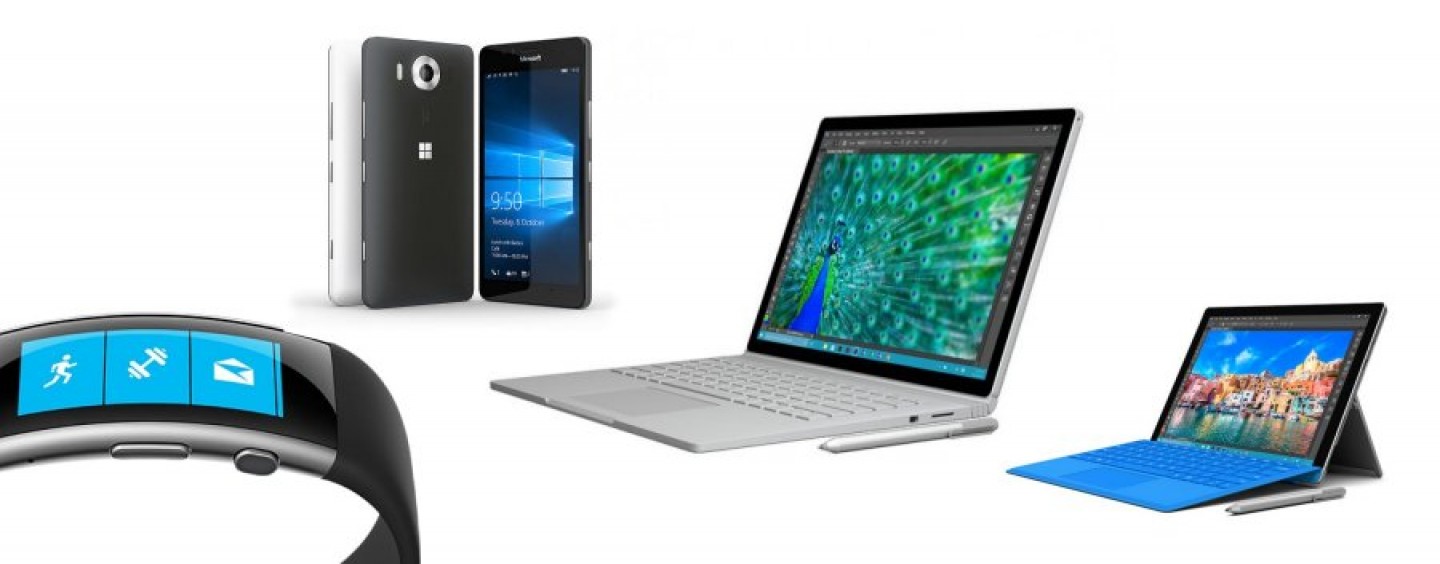Microsoft Lumia 950 and 950XL: What is a phone if not a phone?
Microsoft’s mobile-first strategy is what brought us Windows 10, in a world where a 7 inch or less touchscreen is the form factor of choice to be relevant as a hardware maker. Yet, is this a rule, or can a company challenge the entire concept and push a little further? Apple did it, several times, and it seems to have worked rather well.
When looking at what Microsoft just introduced, in the form of a Surface Book, we now know that Microsoft is not shy about making laptops and tackle its competitors head on. Now it’s time for Microsoft to regain its space in the world of smartphones, and once again, it’s doing it in its own way. Which way is that, you ask? It’s the way of the PC.

Microsoft is a PC maker, and in case anybody wonders, we are literally surrounded by devices that Microsoft is planning on turning into extensions of the PC, by any means necessary. Every TV screen being sold right now has either HDMI, or other means to connect to a PC that is either wired, or wireless, but PCs are different too, nowadays. We call them “smartphones”, or “phones”, and the only tiny, little problem with smartphones, is that we can’t run full-size operating systems on them, even if ARM chips have plenty of capability to run tasks that were unthinkable only five years ago.
Office apps can now be run flawlessly, with touch-friendly interfaces that we can operate easily using our thumbs. If you are a youngster you are probably taking this for granted, but only half a decade ago, things used to be very different.
A smartphone strategy that’s not about smartphones.
Now things are changing again, with Microsoft showing us that a phone can now connect to an 80-inch Superbowl-sized living room television, and turn it into a giant Windows 10 PC, which we can operate with a mouse and a keyboard, or a trackpad. Taking it one step further (or several), our thumb-friendly universal apps running on our 5.2 and 5.7 inch screens, are automatically scaled up to display in full-desktop mode, exactly how they would on a regular Windows 10 desktop.
Performance-wise, it seems Microsoft has made some amazing progress, with flawless Full-HD video, thanks to Display Dock, a hockey puck-like device that may resemble Apple TV, but only in its appearance.
Of course, the one problem Microsoft needs to solve is how to get every app to be universal and scale up, to be used with Continuum. Right now, only universal apps can be beamed onto an external screen and scale up to desktop mode, which makes perfect sense if you are Apple, as it’s the whole point for the Cupertino tech giant to keep iOS and Mac OS X separate. Microsoft may have taken the high-road with universal apps and Continuum, but this is simply one more challenge, and since the inception of Windows 10, Microsoft has taken up several.
We must remind ourselves that Continuum is designed to work with all Windows 10 devices, like Xbox, Surface Pro, Surface Book, and even older PCs built prior to Windows 10. This allows Microsoft plenty of room to work the kinks out of its smartphone strategy, while consumers get used to the idea that Windows 10 is a much more comprehensive ecosystem than they previously thought.